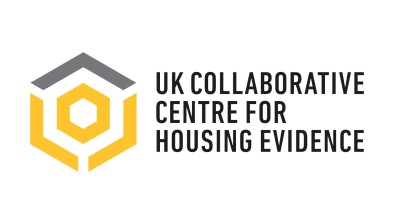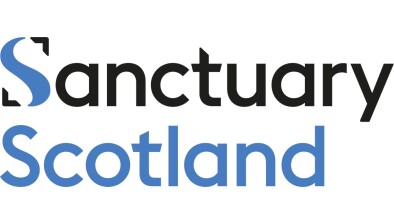Exploring what works: unveiling insights from homelessness interventions

As the Centre for Homelessness Impact shares the 4th edition of its Implementation Issues Evidence + Gap Map in partnership with The Campbell Collaboration, this blog examines the factors which help/hinder the successful implementation of homelessness interventions.
Until recently, finding reliable evidence to guide decision-making on effective homelessness interventions was challenging. Vital insights were scattered across databases, journals and websites. This lack of a cohesive resource hindered progress in identifying and addressing the gaps in our knowledge about homelessness effectively.
To address this challenge, we partnered with the Campbell Collaboration, to improve our approach to understanding homelessness interventions by producing two Evidence and Gap Maps (EGMs). These maps consolidate knowledge about what works, why it works (or doesn’t), and provides an accessible way for decision-makers to grasp the bigger picture.
Shaping change through evidence: unveiling the EGMs
EGMs can help to guide us on our work to end homelessness and back in 2018, we created two distinct EGMs: the Effectiveness EGM, which delves into quantitative evidence, revealing what strategies truly make a difference; and the Implementation EGM, focusing on qualitative insights into why interventions succeed or stumble.
These maps are interactive visual guides that organise a wealth of research on specific areas of homelessness. The latest edition, the fourth update of the Implementation Map, highlights the factors influencing the success or failure of homelessness interventions. But the journey to building these insights wasn’t achieved on our own; the map has evolved through the addition of studies from around the world.
The Fourth Edition of the Implementation Map: Key insights
Let’s take a closer look at the fourth edition of the Implementation EGM. This map looks at qualitative evaluations concerning homelessness interventions. The studies are categorised based on the type of intervention and the key factors that either facilitate or hinder their implementation.
The latest edition showcases a staggering 597 studies – an increase from the initial 246 studies back in 2018. This growth underscores the growing global interest in understanding homelessness interventions. Notably, 191 of these studies have been added since the previous edition, demonstrating the continual expansion of our knowledge.
Identifying the evidence gaps
Whilst these maps provide valuable insights, they also expose the gaps in our knowledge. Currently, around 77% of the studies included in this update score poorly when it comes to quality. This could be improved by ensuring that the publication of results discusses and discloses ethical considerations, as well as policy recommendations.
The evidence collected showcases an uneven distribution across regions and intervention types. Approximately 57% of the evidence originates from North America, while 30% hails from Western Europe. The remaining evidence stems from the Australasia region. Notably, the UK’s contribution has grown by 66%, comprising 25% of the global evidence base.
Certain intervention categories have garnered more attention than others. Accommodation-based interventions take the lead with 273 studies, followed by services and outreach interventions (200 studies) and health and social care interventions (154 studies). However, the distribution of evidence within each category is uneven, revealing gaps in our understanding.
For instance, while Housing First has been thoroughly examined (108 studies), interventions related to hostels are scarcely represented (only six studies). The evidence also exposes gaps in areas like legislation (26 studies), communications (24 studies), and financing (4 studies), emphasising the need for more qualitative evaluations in these domains.
The Road Ahead: Harnessing Insights for Lasting Change
As we explore the findings from the Fourth Edition of the Implementation Map, we realise the significance of evidence-informed decision-making. Identifying the areas in which evidence is lacking is a crucial part of the Centre’s work. The need for greater emphasis on better use of evidence to prevent and tackle homelessness is as abundantly clear as it is urgent. But we must ensure what is available is reliable and Actionable.
This resource is more than just a collection of studies; it’s a catalyst for change. By bridging the gap between research and action, we can propel progress toward ending homelessness for good.









